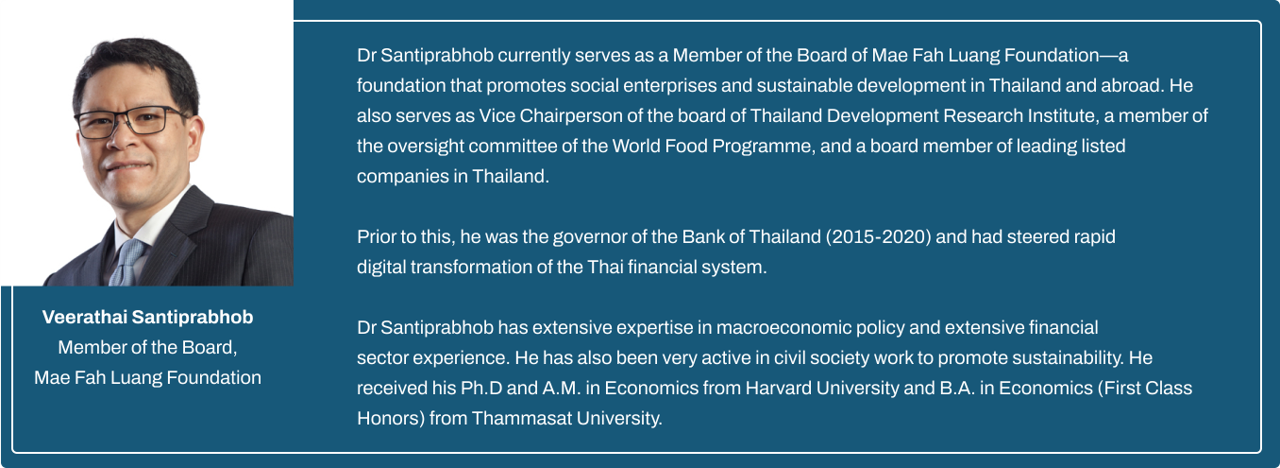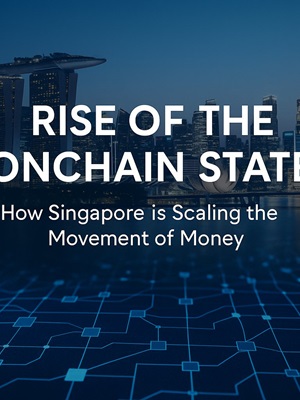
Katherine Ng

Founder and Managing Partner @ Katashe Solutions
Follower

This person hasn't created any posts yet.

This person has not create any courses yet.




